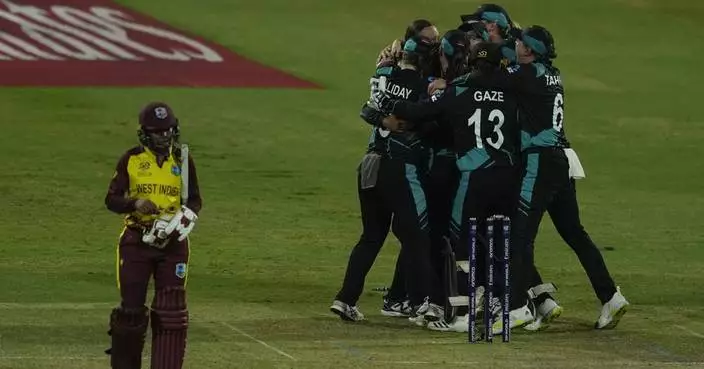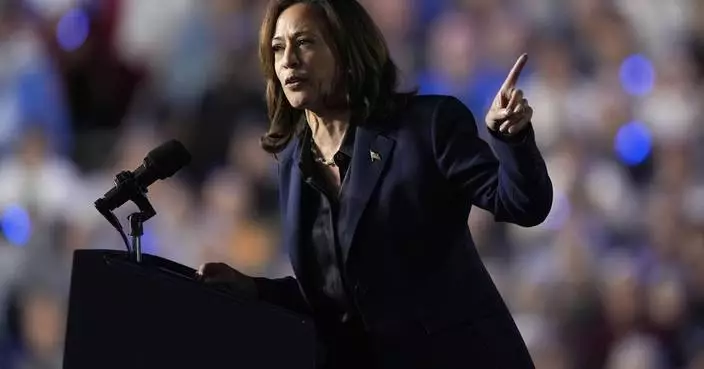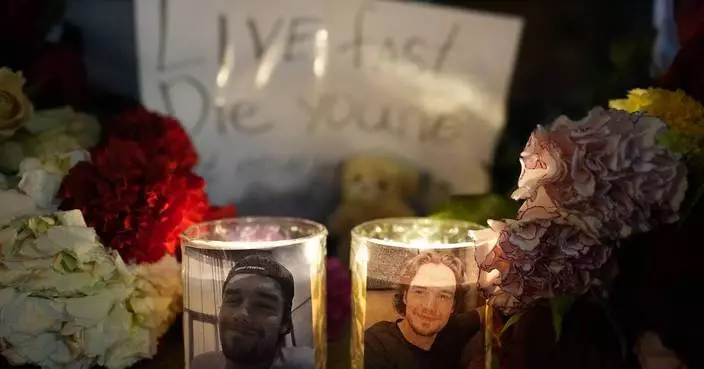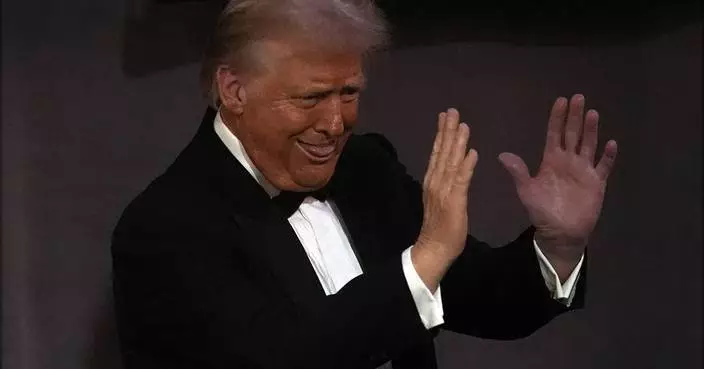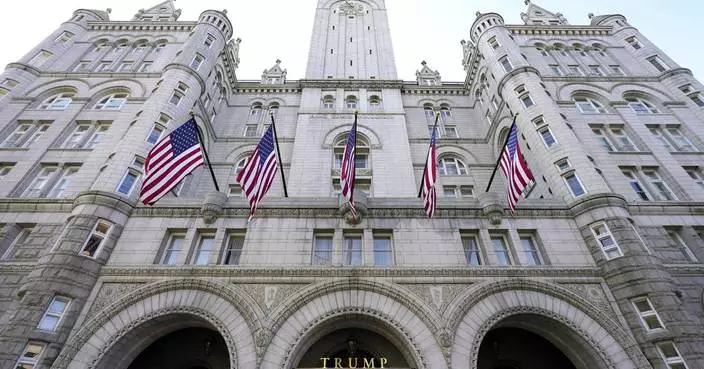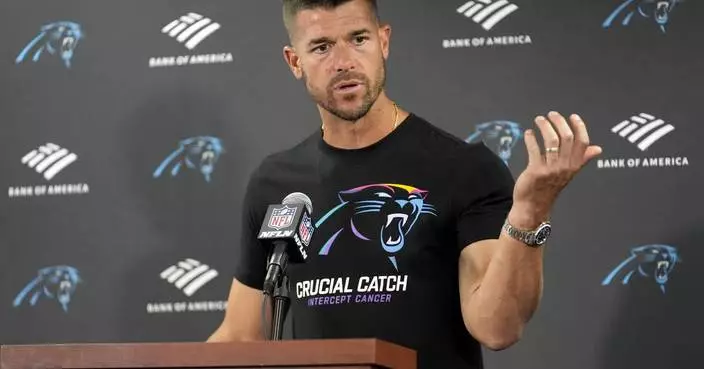PORT-AU-PRINCE, Haiti (AP) — Multiple gangs attacked several communities in the Haitian capital of Port-au-Prince on Friday, setting fire to homes and a church as bullets whizzed through the area.
At least one woman was killed as gangs opened fire in Solino, St. Michel, Tabarre 27 and other neighborhoods, with panicked residents calling radio stations since late Thursday pleading for help.
A police union also called for help Thursday on X, saying it had information that multiple gunmen were preparing to invade Solino.
“Immediate action is required!” it wrote.
A spokesman for Haiti’s National Police didn't immediately respond to a message for comment.
Radio Télé Métronome reported that the swearing in of Haiti's provisional electoral council scheduled for Friday in downtown Port-au-Prince was moved to a safer area.
As the attacks continued, six officials from the Bahamas arrived in Haiti Friday to join a U.N.-backed mission led by Kenyan police to help quell gang violence. The officials are the first of a contingent of 150 soldiers from the Bahamas expected in upcoming months.
It wasn't clear what prompted the latest attack, which comes just days after Haitian and Kenyan police launched an operation killed at least 20 suspected gang members in an area controlled by the 400 Mawozo gang that operates mainly in Tabarre.
Gangs control 80% of Port-au-Prince, although communities like Solino have been fighting attempts by gunmen to control it.
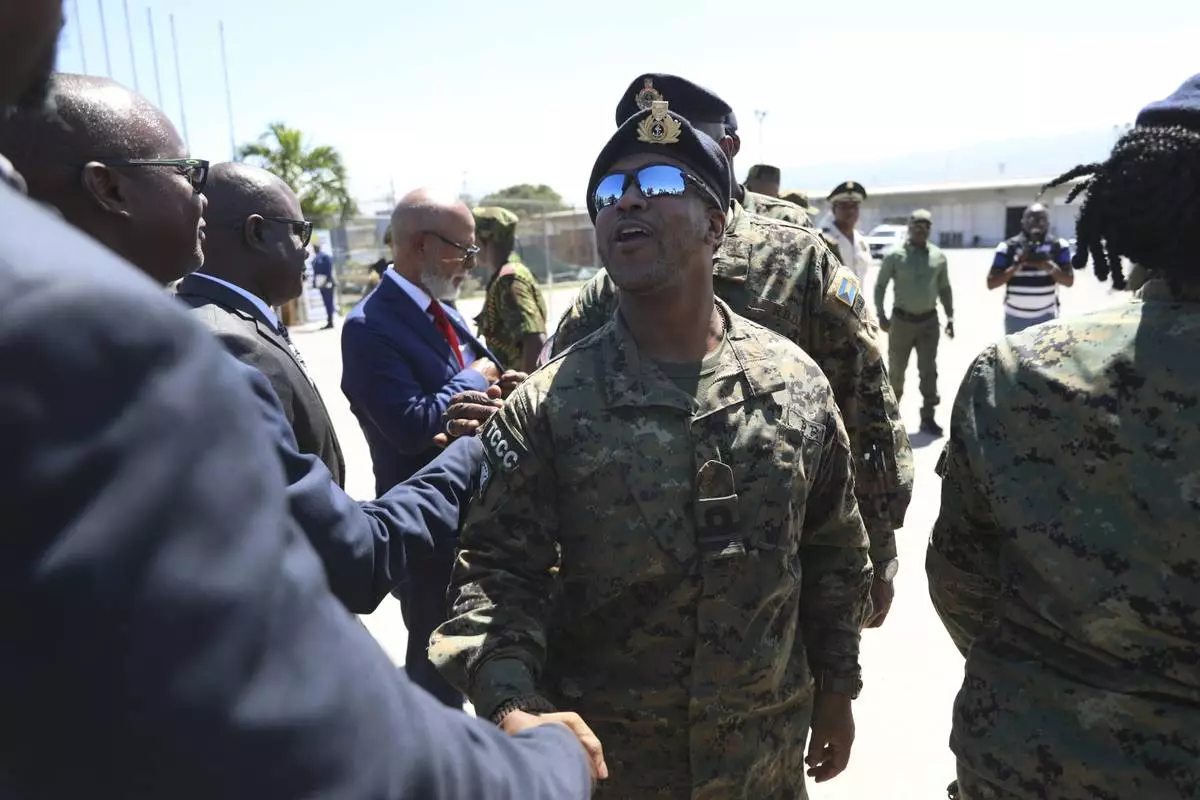
Police from the Bahamas are welcomed by Haitian and Kenyan police, part of a UN-backed multinational force, at the Toussaint Louverture International Airport in Port-au-Prince, Haiti, Friday, Oct. 18, 2024. (AP Photo/Odelyn Joseph)

A Kenyan police officer, part of a UN-backed multinational force, stands guard on the tarmac during a ceremony to welcome police officers from the Bahamas at the Toussaint Louverture International Airport in Port-au-Prince, Haiti, Friday, Oct. 18, 2024. (AP Photo/Odelyn Joseph)

Soldiers patrol amid the sound of gunshots heard in the distance, in Port-au-Prince, Haiti, Thursday, Oct. 17, 2024. (AP Photo/Odelyn Joseph)
DETROIT (AP) — The U.S. government's road safety agency is investigating Tesla's “Full Self-Driving” system after getting reports of crashes in low-visibility conditions, including one that killed a pedestrian.
The National Highway Traffic Safety Administration says in documents that it opened the probe on Thursday after the company reported four crashes when Teslas encountered sun glare, fog and airborne dust.
In addition to the pedestrian's death, another crash involved an injury, the agency said.
Investigators will look into the ability of “Full Self-Driving” to “detect and respond appropriately to reduced roadway visibility conditions, and if so, the contributing circumstances for these crashes.”
The investigation covers roughly 2.4 million Teslas from the 2016 through 2024 model years.
A message was left early Friday seeking comment from Tesla, which has repeatedly said the system cannot drive itself and human drivers must be ready to intervene at all times.
Last week Tesla held an event at a Hollywood studio to unveil a fully autonomous robotaxi without a steering wheel or pedals. Musk, who has promised autonomous vehicles before, said the company plans to have autonomous Models Y and 3 running without human drivers next year. Robotaxis without steering wheels would be available in 2026 starting in California and Texas, he said.
The investigation's impact on Tesla's self-driving ambitions isn't clear. NHTSA would have to approve any robotaxi without pedals or a steering wheel, and it's unlikely that would happen while the investigation is in progress. But if the company tries to deploy autonomous vehicles in its existing models, that likely would fall to state regulations. There are no federal regulations specifically focused on autonomous vehicles, although they must meet broader safety rules.
NHTSA also said it would look into whether any other similar crashes involving “Full Self-Driving” have happened in low visibility conditions, and it will seek information from the company on whether any updates affected the system’s performance in those conditions.
“In particular, this review will assess the timing, purpose and capabilities of any such updates, as well as Telsa’s assessment of their safety impact,” the documents said.
Tesla reported the four crashes to NHTSA under an order from the agency covering all automakers. An agency database says the pedestrian was killed in Rimrock, Arizona, in November of 2023 after being hit by a 2021 Tesla Model Y. Rimrock is about 100 miles (161 kilometers) north of Phoenix.
The Arizona Department of Public Safety said in a statement that the crash happened just after 5 p.m. Nov. 27 on Interstate 17. Two vehicles collided on the freeway, blocking the left lane. A Toyota 4Runner stopped, and two people got out to help with traffic control. A red Tesla Model Y then hit the 4Runner and one of the people who exited from it. A 71-year-old woman from Mesa, Arizona was pronounced dead at the scene. Further details weren't immediately available.
Tesla has twice recalled “Full Self-Driving” under pressure from NHTSA, which in July sought information from law enforcement and the company after a Tesla using the system struck and killed a motorcyclist near Seattle.
The recalls were issued because the system was programmed to run stop signs at slow speeds and because the system disobeyed other traffic laws. Both problems were to be fixed with online software updates.
Critics have said that Tesla’s system, which uses only cameras to spot hazards, doesn’t have proper sensors to be fully self driving. Nearly all other companies working on autonomous vehicles use radar and laser sensors in addition to cameras to see better in the dark or poor visibility conditions.
Musk has said that humans drive with only eyesight, so cars should be able to drive with just cameras. He has called lidar (light detection and ranging), which uses lasers to detect objects, a “fool's errand.”
The “Full Self-Driving” recalls arrived after a three-year investigation into Tesla's less-sophisticated Autopilot system crashing into emergency and other vehicles parked on highways, many with warning lights flashing.
That investigation was closed last April after the agency pressured Tesla into recalling its vehicles to bolster a weak system that made sure drivers are paying attention. A few weeks after the recall, NHTSA began investigating whether the recall was working.
NHTSA began its Autopilot crash investigation in 2021, after receiving 11 reports that Teslas that were using Autopilot struck parked emergency vehicles. In documents explaining why the investigation was ended, NHTSA said it ultimately found 467 crashes involving Autopilot resulting in 54 injuries and 14 deaths. Autopilot is a fancy version of cruise control, while “Full Self-Driving” has been billed by Musk as capable of driving without human intervention.
The investigation that was opened Thursday enters new territory for NHTSA, which previously had viewed Tesla's systems as assisting drivers rather than driving themselves. With the new probe, the agency is focusing on the capabilities of “Full Self-Driving" rather than simply making sure drivers are paying attention.
Michael Brooks, executive director of the nonprofit Center for Auto Safety, said the previous investigation of Autopilot didn't look at why the Teslas weren't seeing and stopping for emergency vehicles.
“Before they were kind of putting the onus on the driver rather than the car,” he said. “Here they're saying these systems are not capable of appropriately detecting safety hazards whether the drivers are paying attention or not.”
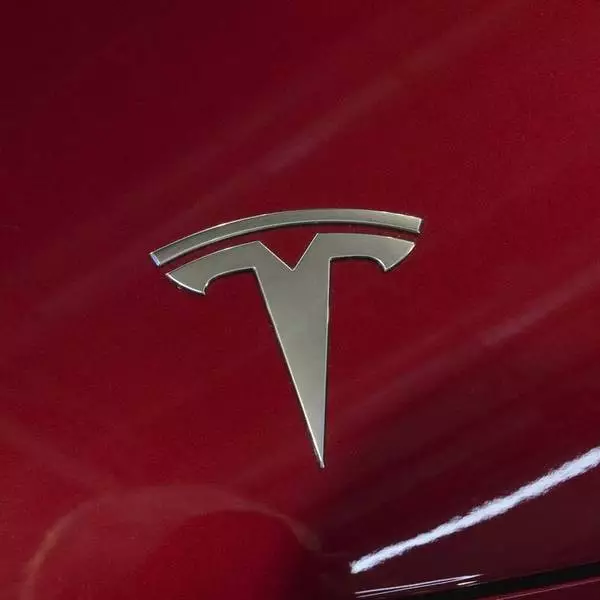
US to probe Tesla's 'Full Self-Driving' system after pedestrian killed in low visibility conditions
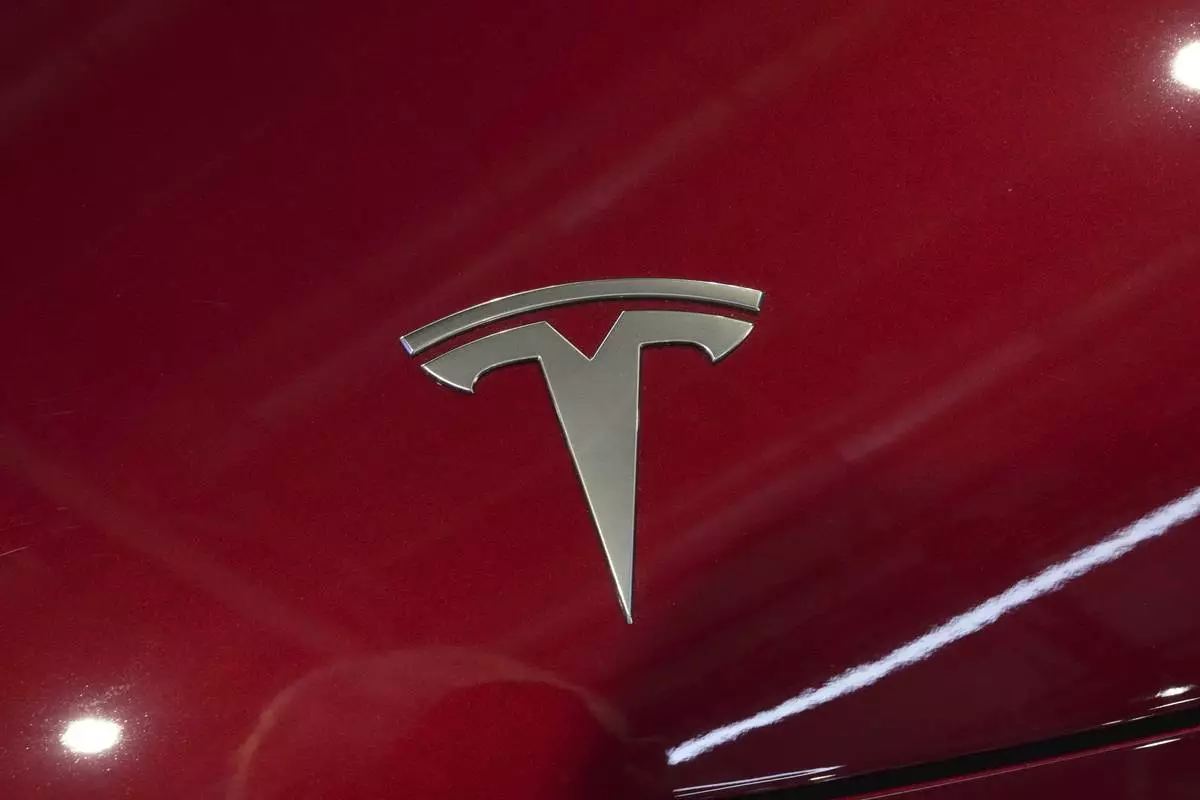
The logo of Tesla car is pictured at the Paris Auto Show, in Paris, Monday, Oct. 14, 2024. (AP Photo/Michel Euler)
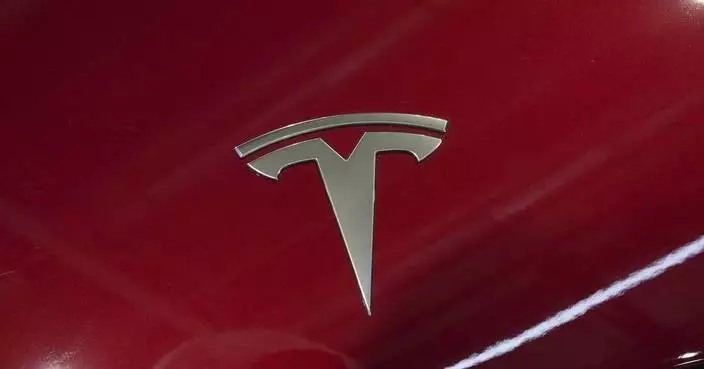
US to probe Tesla's 'Full Self-Driving' system after pedestrian killed in low visibility conditions









